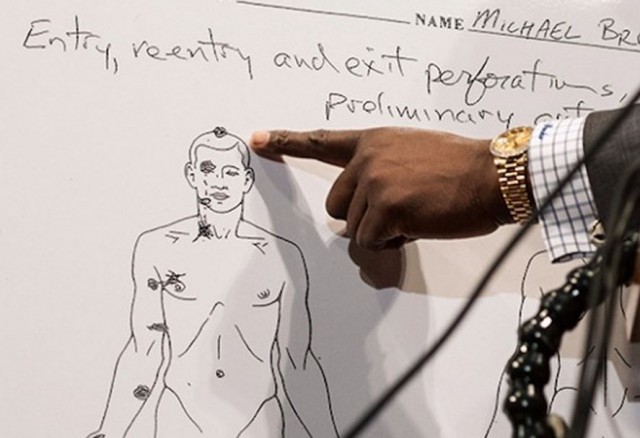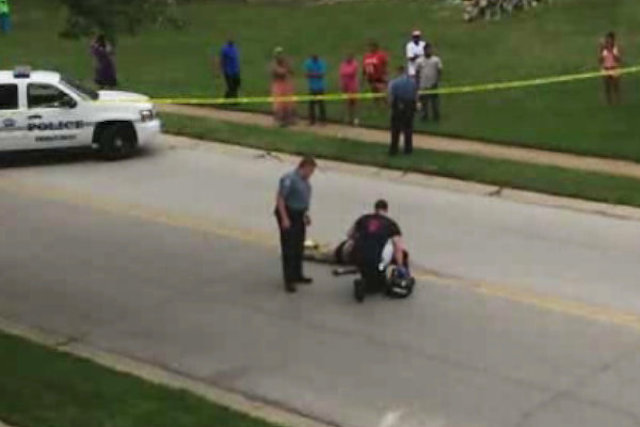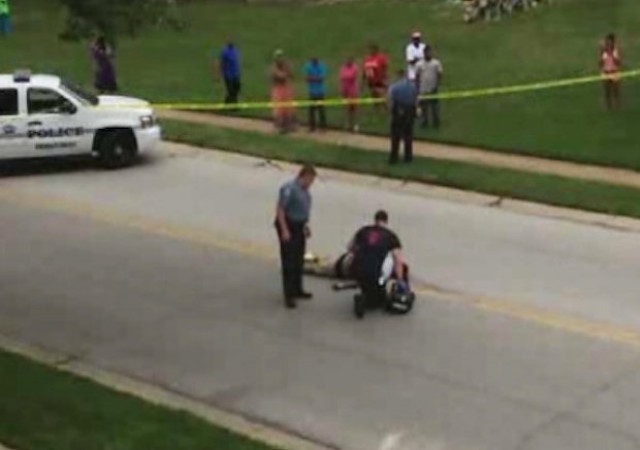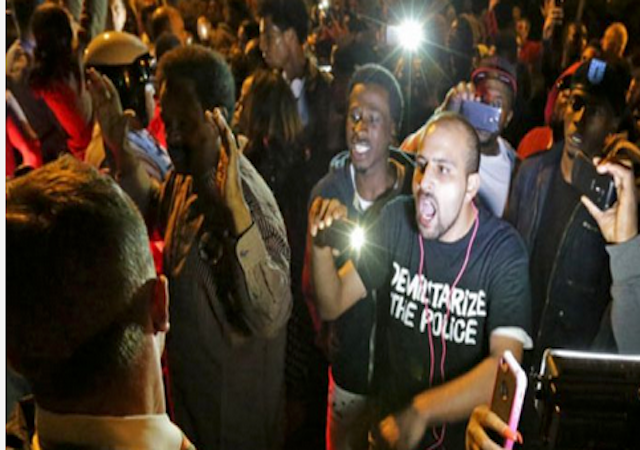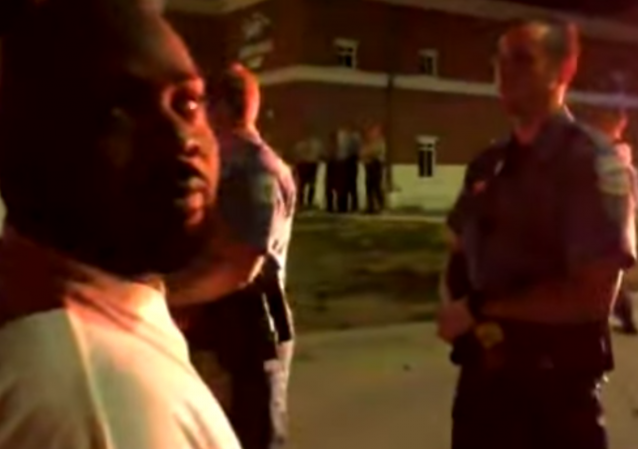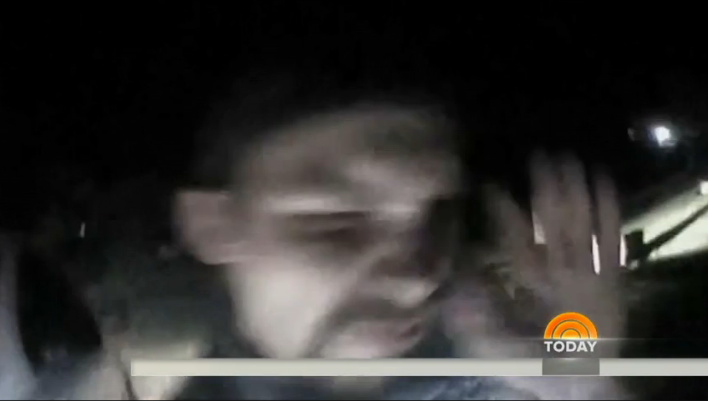A breaking New York Times report sheds new light on Ferguson police officer Darren Wilson's mortal encounter with local Michael Brown.
The police officer who fatally shot Michael Brown in Ferguson, Mo., two months ago has told investigators that he was pinned in his vehicle and in fear for his life as he struggled over his gun with Mr. Brown, according to government officials briefed on the federal civil rights investigation into the matter.
The officer, Darren Wilson, has told the authorities that during the scuffle, Mr. Brown reached for the gun. It was fired twice in the car, according to forensics tests performed by the Federal Bureau of Investigation. The first bullet struck Mr. Brown in the arm; the second bullet missed.
The forensics tests showed Mr. Brown’s blood on the gun, as well as on the interior door panel and on Officer Wilson’s uniform. Officer Wilson told the authorities that Mr. Brown had punched and scratched him repeatedly, leaving swelling on his face and cuts on his neck.
According to the New York Times, Wilson told authorities that he fought with Brown for possession of his service pistol, resulting in two rounds fired inside his police vehicle. One round struck Brown in the arm, and the other was wasted.
Importantly, Brown's blood was found on the gun by forensics analysis, as well as on the inside of the police vehicle, confirming his presence in the vehicle and the weapon.
Wilson said that Brown punched and scratched him numerous times, causing abrasions and swelling to his face and neck.
The officials briefed on the case said the forensic evidence gathered in the car lent credence to Officer Wilson’s version of events. According to his account, he was trying to leave his vehicle when Mr. Brown pushed him back in. Once inside the S.U.V., the two began to fight, Officer Wilson told investigators, and he removed his gun from the holster on his right hip.
Chief Jon Belmar of the St. Louis County Police Department has said in interviews that Officer Wilson was “pushed back into the car” by Mr. Brown and “physically assaulted.”
The Times goes on to quote Brown's friend Dorian Johnson as a sort of opposing witness to Officer Wilson.


